In a wooden mansion in the Lopukhinsky garden, known as the cottage of Gromov, are going to open the center of arts, whose curator will be Kryukruk BDT Andrei Mogility - the administration of the Petrograd district announced the competition for his project. In November 2020, the restoration of the facade of the building ended.
"Paper" publishes part of the email of Alexey Shishkin from the weekly distribution "Amazing stories of St. Petersburg houses and their inhabitants" dedicated to the dacha of Gromov. Read about how the Chekhov was located here, why 150 years ago, New York journalists wrote that the cottage is "something magical", and the Leningrad television is obliged to this house.
What was Lopukhin Garden 200 years ago
The old name of the street Academician Pavlova - Lopukhinskaya. There is also a Lopukhinsky garden, which once stretched much further than today, until the current street Graftio. It is easy to guess that the name and the streets, and the garden happened from the name of the former owners - at the beginning of the XIX century, the estate on the pharmaceutical island owned the family of the princes of Lopukhin.
The name "Lopukhinskaya" was gained at the second from the hosts from this surname Pavle Petrovic Lopukhin, and even with the following owners - Kochuby and Wielgorski - Street continued to be in the maps under the old name.
The garden spread on both sides of the road brought contemporaries into admiration: "There is always a large flock of deer in a huge park of the prince. The prince lived fun and openly, and often the audience was crowded from his fence, listening to the choir of his fortress musicians. "
After the sale of the estate in 1820, part of the garden was discovered to the public, and with him and a pleasant institution called the Villa "Mont Plesyr" with Chorus Cherkhenyok, the symphony orchestra and the Hungarian ensemble of violinists. It existed for several decades, in 1849 the Magazine "Sovremennik" mentioned this restaurant with music among the participle of the St. Petersburg holidays. And in 1848, the main part of the garden is once again changing the owner. The new owner is the merchant Vasily Fedulovich Gromov.
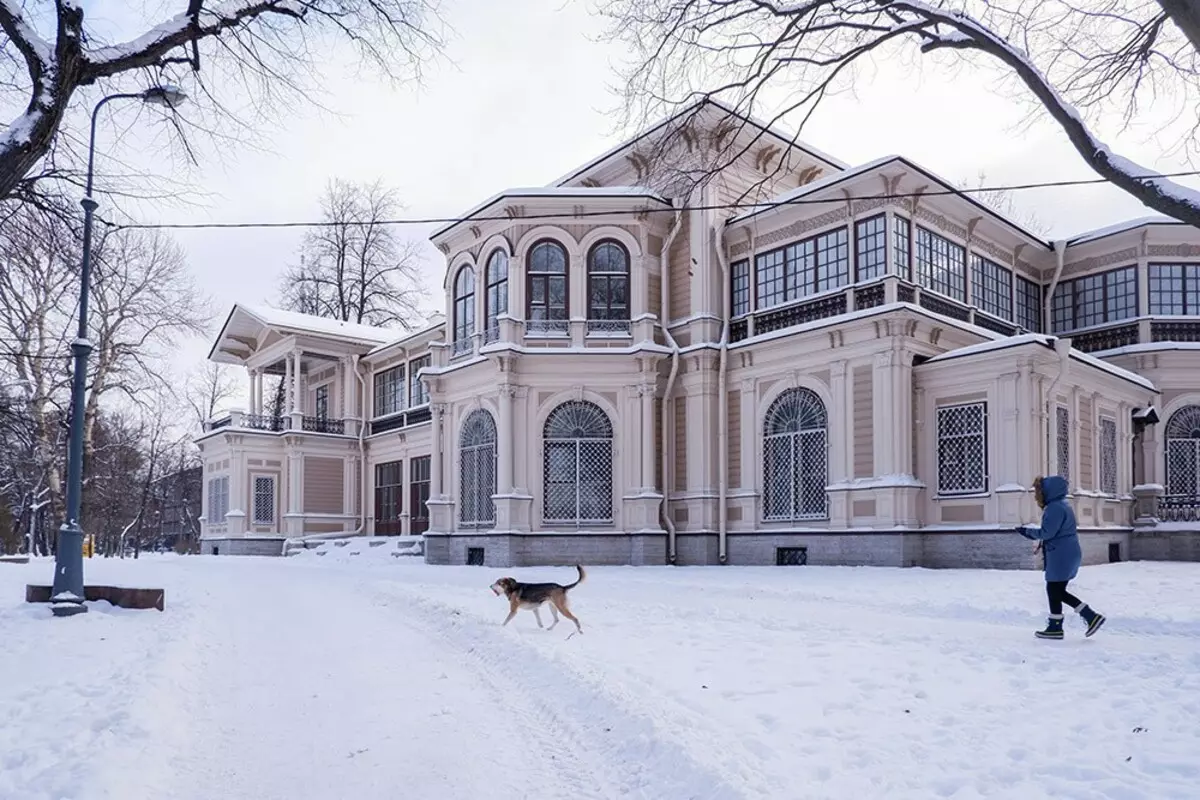
Who is thunder and that US newspapers wrote about his country
The surname of Thunderous, as well as the name of Lopukhini, fixed on the map of the city. If, looking at the plan of St. Petersburg, you look at the area of the Moscow gate area, then you will find an old-supplied street nearby, and on it there is a Gromovsky Old Believer Cemetery. It was named so in honor of Father Vasily Gromova, Fedula Grigorievich. He was a rich forest traded, a benefactor, the creator of "Belokrinitsky consent" - one of the most influential stationery communities of the whole world. In 1848, Fedul Gromov died, leaving his forest stock exchanges to the eldest son and a great condition.
Vasily and himself by that time actively engaged in the increase in capital. Under the brand "Gromov and Co." he built a profitable sawmill factories, supplied forest to individuals and the state. In addition, in 1829 he successfully married the daughter of the St. Petersburg rich Taras Yakovlev. True, it was necessary to switch to Orthodoxy to the fulfillment of a profitable marriage, but Fedul Grigorievich was blessed for such a step.
Love the history of St. Petersburg? Subscribe to the Local Lore Newsletter ?
Vasily Fedulovich's luxury connoisseur and the grace of Vasily Fedilovich begins a reorganization of an old Lopukhin Garden. He orders Architect Georgia Wintergalter (as he was not only not called - and Egor, and Eugene, and Ivan, - but from the birth of the architect he was Georg) to build a new spacious cottage in two floors in the park, and his colleague Alexander Gornostayev - to build a complex of several Orangers.
In the last wish, the love of Gromov to Botanic was expressed. He was one of 12 founders of the Russian Imperial Society of Gardeners, scientists even called a plant in His honor - the subspecies of the Chertopoloch became open in South America, received the name Gromovia Pulchella. In addition to plants in the greenhouses of Gromov engaged in the open-air garden. Together with his gardener Odintsov, he landed in Lopukhinsky Park Flowers, gave instructions to build arbors, bridges through the ponds, fountains, to equip the musical pavilion.
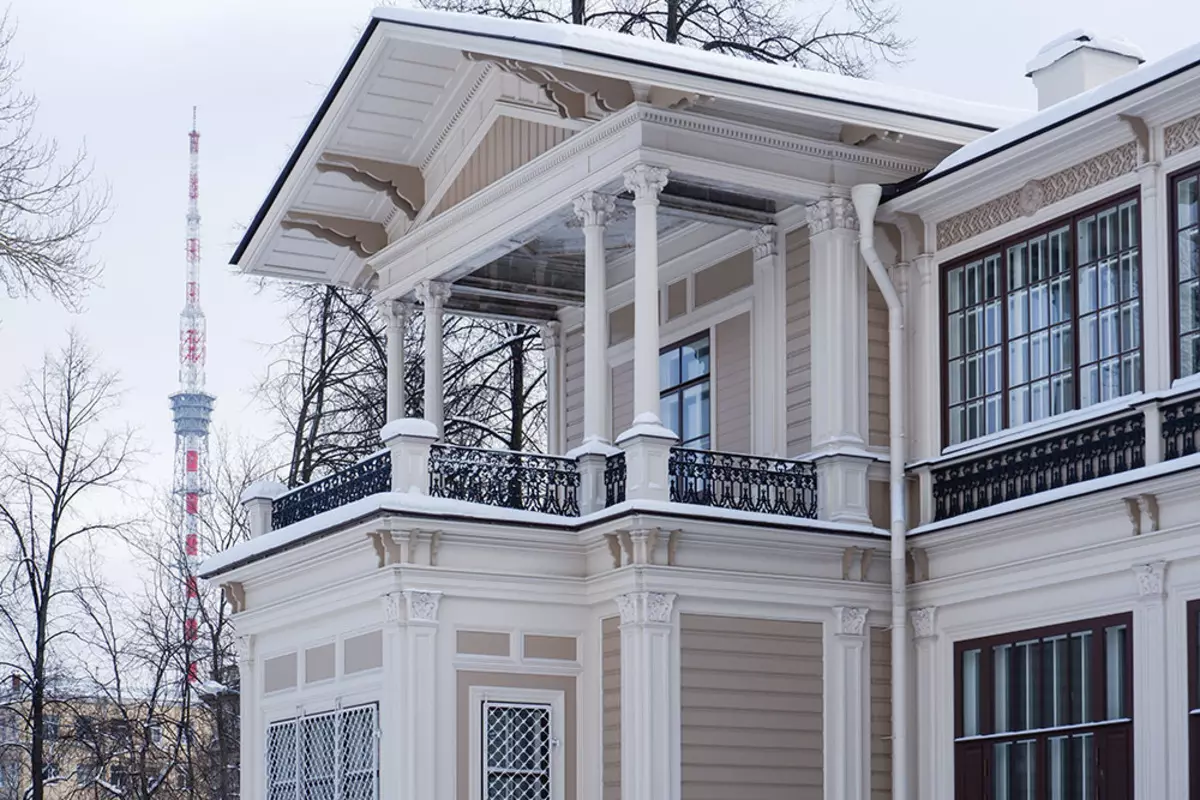
"The garden was made luxuriously. The house stood that the Palace is country. Fountains beat, there was a shipping pier and a light steam boat for walking, and on another part of the entrance was an excellent huge greenhouse, where sometimes in the winter there were enchanting holidays under huge palm trees and other rare plants. He loved flowers, and his house had a luxurious decoration all year round. He loved the horses, his stable was first-class. The music was also akin to him. He sometimes sang for himself, as he knew how to guests gave concerts, inviting all celebrities of the St. Petersburg musical world. The table was holding open constantly, both in the country and in the city, treating always good wine and fine cuisine. He also loved paintings, art and artists, "said the buddler of Vasily Gromov, Maristra's artist Alexey Bogolyubov.
It should be noted that for the merchant, it was the favorite country residence, the cottage in the full sense of the word. Constantly the owner lived not here, but in the mansion on the Embankment Fontanka, closer to the city center.
In 1866, it was Dacha Gromova who was elected for the reception device in honor of the arrival in the Russian capital of the new American ambassador. According to this issue, the New York newspaper New York Gerald published a description of the merchant villa:
"Cottage Mr. Gromov in his decoration and beauty represents something magical: plants, fountains, statues - all this is so great, masterfully chosen and arranged with such taste and knowledge. The garden was lit by thousands of lights, and the electric light aimed at the fountains, stained the spraying water into a wide variety of and wonderful colors. The picture was amazingly effectively both in the garden and in the house. "
And when an international exhibition of gardening was held in St. Petersburg in May 1869, the whole day of the program for overseas guests was devoted to the examination of Greyov Garden. Foreign Foreign Botany were so delighted with the advances of a fan merchant that the Saplings of Gromovia Pulchella were posted in the park, decoring them with labels with their own names.

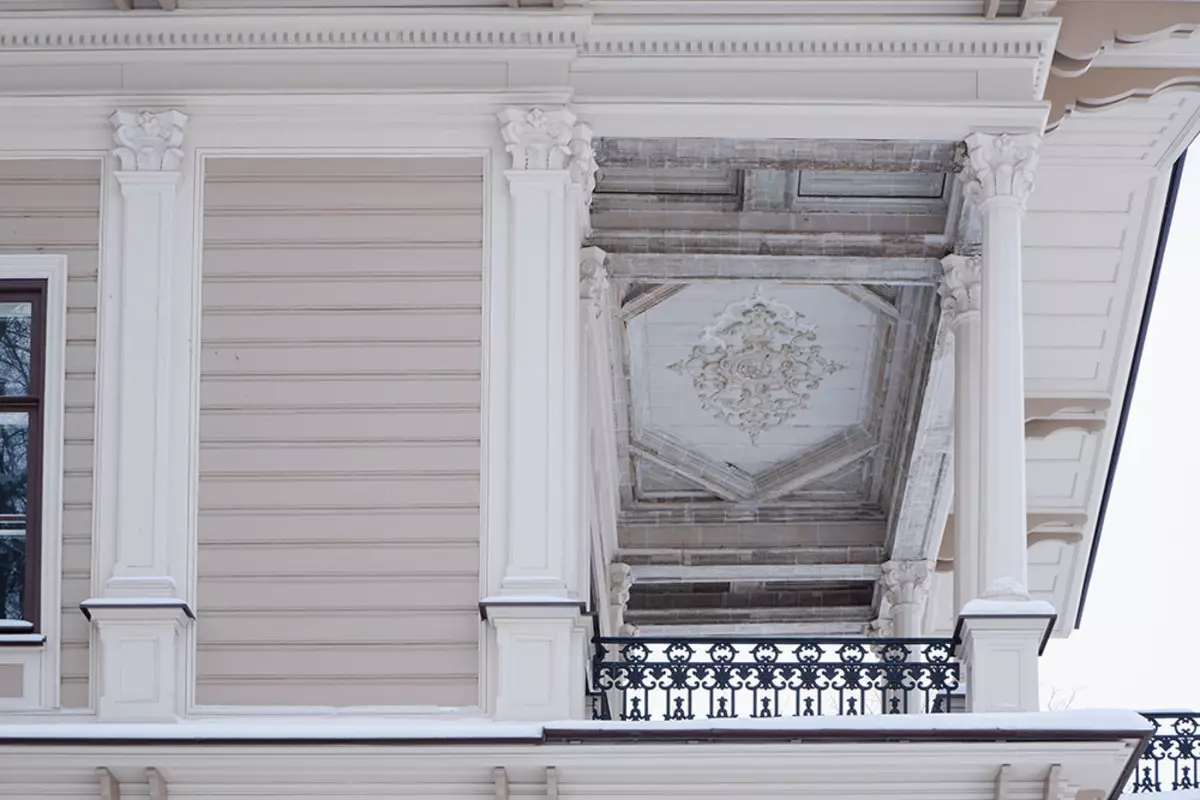
But not only scientists, artists and diplomats could admire the Gromovsky Garden. Vasily Fedulovich opened his estate for everyone. And on Saturdays, the chef of thunder even the park for guests of the park is free cheesecakes, argue in the article "Houses and Fate. Dacha Gromova. Lopukhinsky Garden »Violas from the libraries of the Petrograd side.
As after the death of Gromov, the cottage became part of the city building
After the death of the first owner in 1878, the cottage was inherited to his brother, merchant Ilya Fedulovich Gromov. But, unlike brother and father, he was not too successful businessman. By the end of the life of Gromot-Jr., he fell under the complete impact of his business partner, managing the affairs of the lawyer Vladimir Rastkov-Rozhov. Ilya Gromov died in 1882, having experienced him and property.
This strengthened the position of raft-roe in the capital, they soon became one of the most influential families of St. Petersburg.
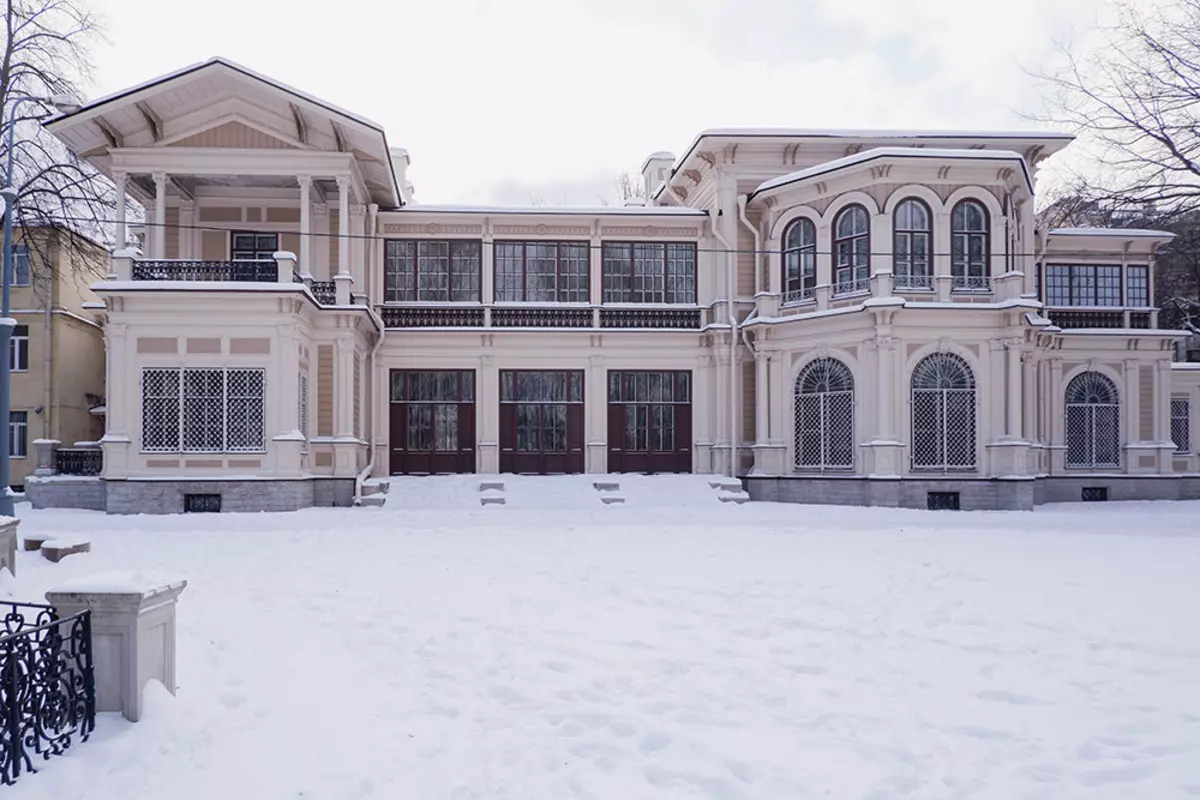
After the thunder, the cottage changed several more owners. Some of them lived in the house themselves, others handled him. For example, in the early 1890s, the cottage removes an influential journalist, writer and editor Jeronim Yasinsky.
"At the beginning of the 1890s, the St. Petersburg literator I. I. Yasinsky constantly lived on the former Duc Gromov, at that time, A. P. Chekhov. Since 1892, Czechs have been quite often Chekhov. The place is so much like Anton Pavlovich that he, at that time, "move to Peter Seriously" at that time, decided to live on the Pharmaceutical Island, "Luzhda Luurie and Victor Mushrooms are told in the Pharmaceiary Island book.
In the passage above the authors separately specify that Yasinsky removed the house no longer as a cottage, but as permanent housing. Indeed, by the end of the XIX century for a country rest, these places were definitely not suitable. At the far end of Lopukhinskaya Street, the complex of the "Dufllon" plant appeared, near the Institute of Experimental Medicine. New residential buildings grew in neighboring areas as mushrooms. And here in 1899, the last private owner of the cottage bankers Fyodor Aleksandrovich Alferov decides to sell most of the former Gromovsky Park for development. Before 1917, he leaves only a cottage and a small garden between the Neva and Lopukhinskaya Street. On the rest of the lands of Alferov, proposes to lay new streets: Vologda (Chapigina), Perm (Graftio), Ufa and Vyatka (now does not exist). Over the next one and a half decades, most former gardens have been reduced to the construction of 5-6-storey income homes and housing cooperatives.
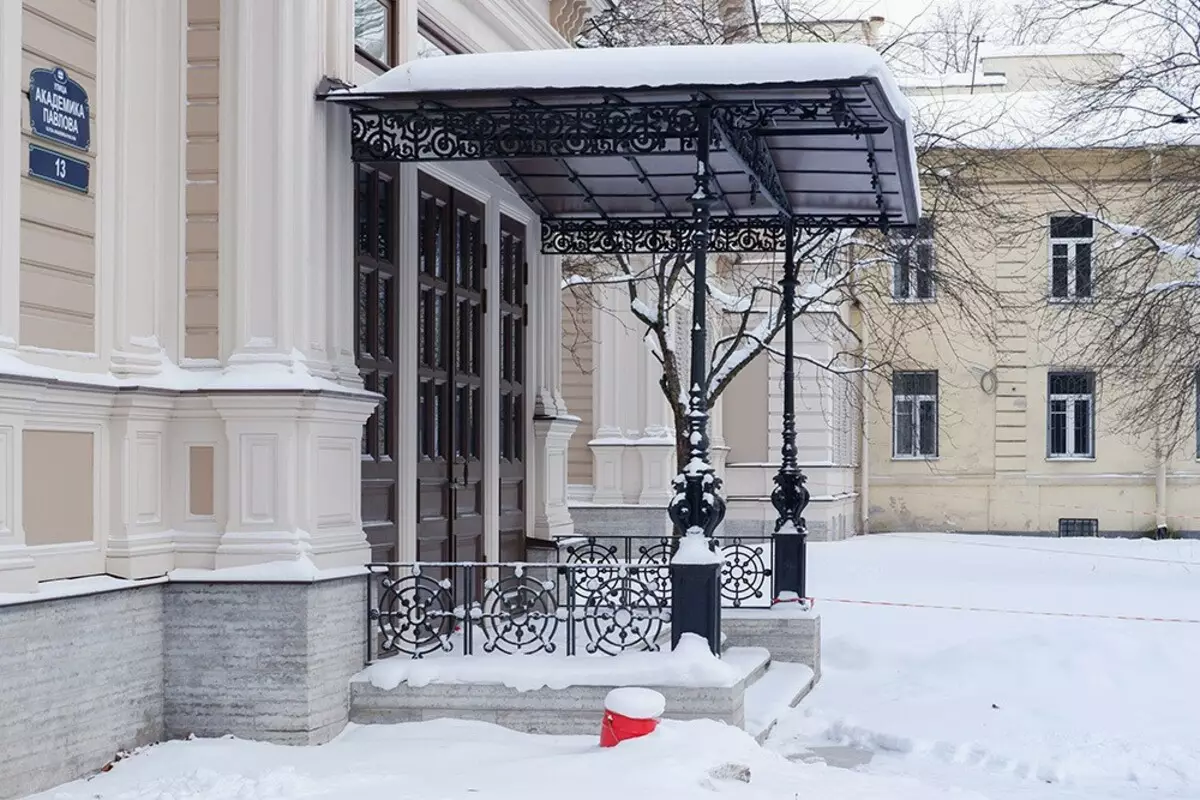
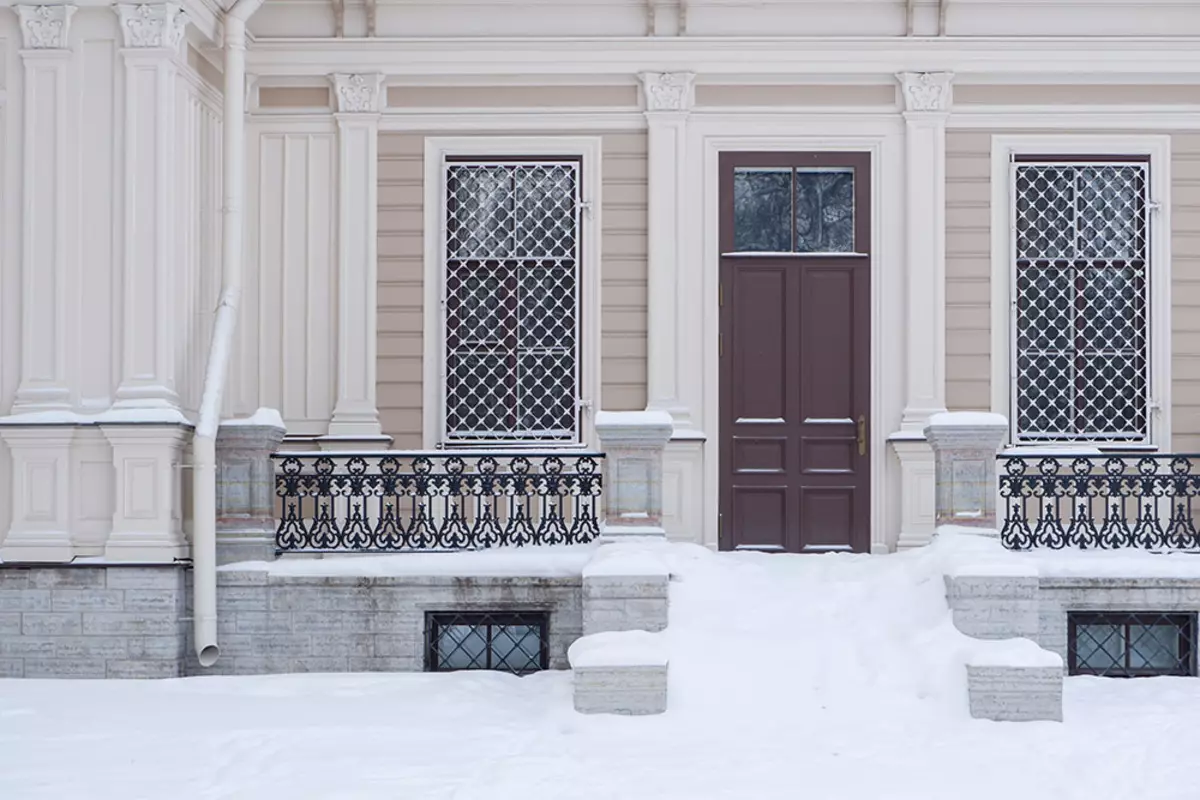
How dacha became a television studio and how she fell into decay
After the revolution, the cottage several times changed the functions. For a while there was a holiday home of the Stakhanov's chauffeur, then the house of pioneers. Only in 1937, the building found a permanent owner - Oltz, an experienced Leningrad television center. By this time, Leningrad radio engineers have been working on the improvement of television technologies and introduce them to the Soviet life for several years. But there was no broadcast studio - which is why the first transmissions (still in the most direct sense - experimental acts of image transmission at a distance) were carried out directly from the building of the All-Union Research Institute of Television on the Fontanka Embankment. For example, on February 14, 1937, the Leningradskaya Pravda newspaper reported that her correspondent looked at Vniye the transfer of the movie "Chapaev".
After the first success, it was decided to transfer the former cottage to the TV studio to television studios. From it, the broadcast was carried out on televisions installed in the Culture Palaces named after Kapranov, in the Houses of Culture of Vasileostrovsky, Vyborg and Volodar districts. In addition, the transfer from the Gromovskaya Dacha watched in the Poland of Pioneers, in recreations and red corners of the largest factories and factories. Speeches about domestic TVs in the USSR at that time has not yet walked.
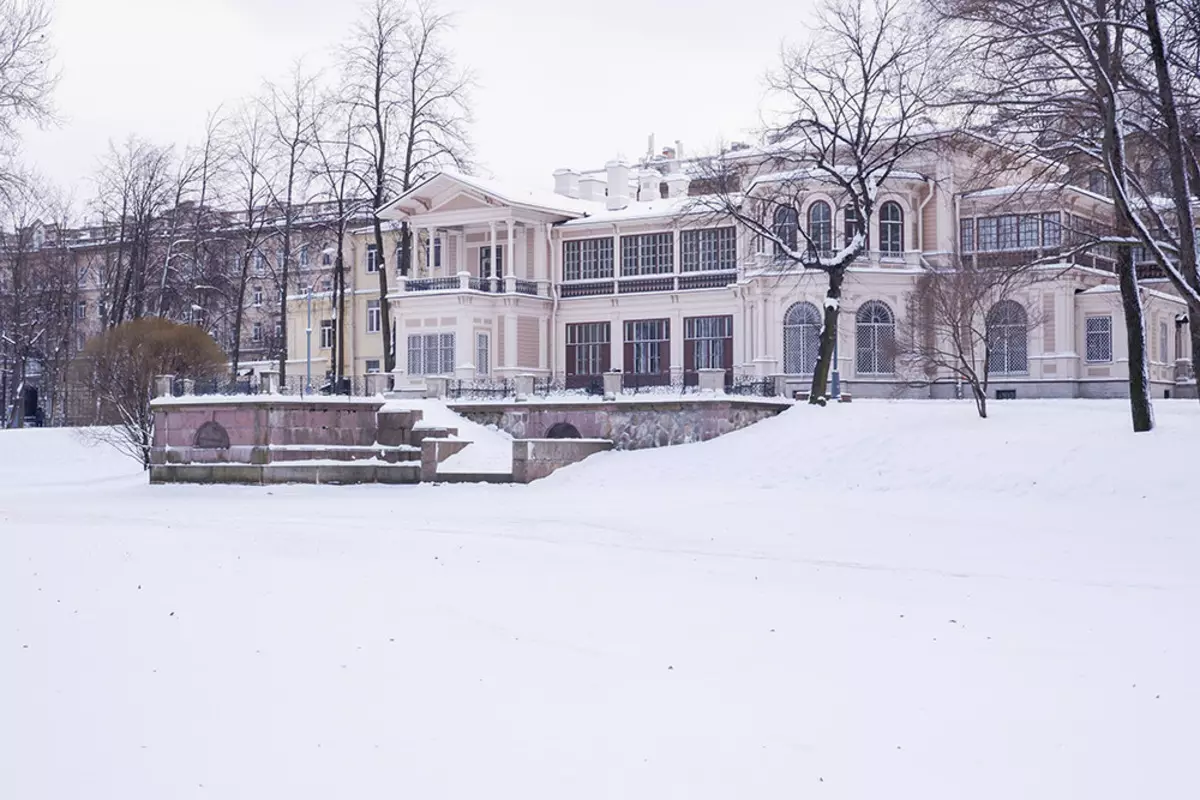
Blogger Mikhail Katz described the first in the city of Tolerentr in the review article "Birth of Soviet television":
"Regular, but short, transmissions began from 1938 from television center, which was located in the former Dacha V. F. Gromov. The only television studio camera stood on a fixed tripod and had one lens. To make a close-up screen, the speaker should have come closer to the chamber. The device it was very imperfect; Due to the lack of ventilation, the temperature in the filming pavilion was raised at once to 40 degrees, and the actors hid under their hats and wigs of ice bubbles. Music accompaniment was carried out using a patefone. Nowadays, the first televisers worked in such conditions ... However, the TVs were still very expensive and the first 38 television receivers were located in the houses of culture. Broadcasting was conducted at the hour per day, so feature films were shown in parts: the beginning today, the end is the next day. "
The work of television studio in the country was interrupted during the Great Patriotic War, but resumed in 1947. The main building of the Leningrad Teltolentra Gromovsky mansion remained up to 1960, when a new, specially built broadcasting complex was commissioned on Chapigina Street, 6. Interestingly, the site on which he was erected in the middle of the XIX century, also treated the dacha of Gromov . Some time, the building was known as the Leningrad House of Television, but the gear directly did not leave here.
Since the 1970s, the building began to decline. Already by the 1990th, he had no constant functional again. The construction of small commercial firms was rented in parts. And in the 2000th building and was abandoned at all.
That with Dacha Gromova is happening now
A new attempt to breathe in the country's life in 2013 was taken by the administration of the Petrograd district. Officials were offered to give the adolescent-youth center "Petrogradets". And he, in turn, allowed to settle in the building to the amateur "Synthesis" theater. But it turned out that it would be problematic to put the performances.
"It is thorough to establish in the mansion, however, it is impossible: now there are no communications - neither water, no heat or electricity. On the cracked toilet doors on the first floor, someone from the former inhabitants thoughtfully wrote that it was impossible to use amenities. The wall is nearly written by strange hieroglyphs ... Switches and sockets are spilled with meat - wires helpless door jambs. A chic fireplace on the second floor no one long ago, no one was treated, "the state of the house for February 2014, Julia Galkin, described the state of February 2014 in The Village material.
And yet, thanks to the "synthesis" and enthusiasts from the creative association of curators (current), the cottage briefly opened for the public: there were performances, film images, exhibitions. Many precisely, thanks to the activity of curators, the semi-closed mansion turned more attention to the authorities. In 2016, the first scientific restoration of the facades of cottages began in 2016. Finished it in November 2020. And recently the city authorities announced a competition for the design of the "Center for Art" in the building. True, when it opens and what will be submitted - it is not clear. Today, the interiors of the building are still in order, there are no floors in many rooms.
For all changes in the newest fate of the building you can follow in the group "Dacha Thunder. Reincarnation ", which enthusiasts from the" Synthesis "Theater are conducted.
In this paper "Paper", a student of old cottages at the Finnish Gulf tells how Komarov and Repin dacms lived before the revolution and what remains of their homes. And here read interviews with historians about the life of St. Petersburg Dachnikov in the XVIII-XIX centuries.
